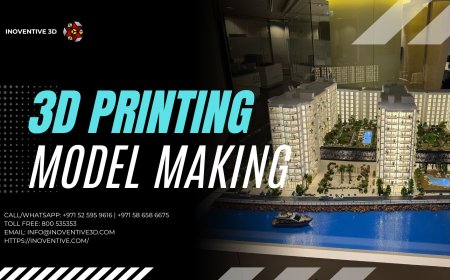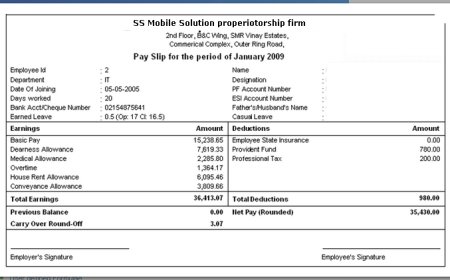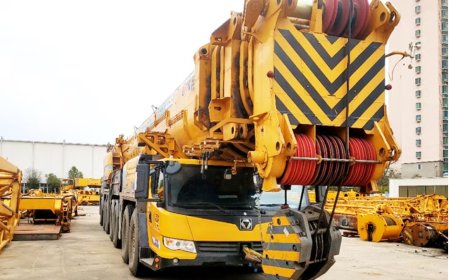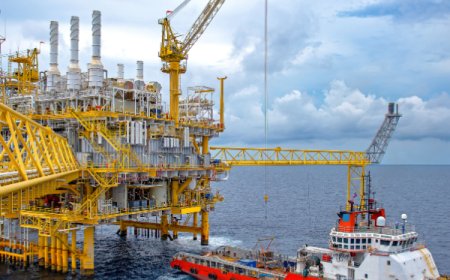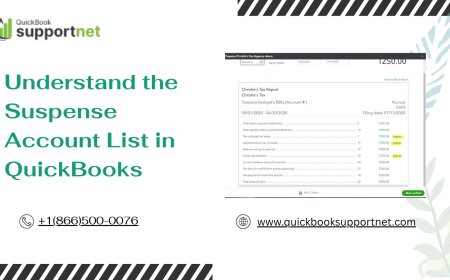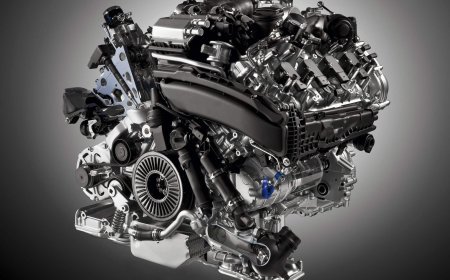Understanding Operational Lease: Benefits, Features, and Applications
Explore the concept of Operational Lease, its advantages, and how it differs from other leasing options. Learn why businesses choose operational leases for flexibility and cost-efficiency with Smart Lease.

An Operational Lease is a popular financing solution that allows businesses to use assets like vehicles, equipment, or technology without the burdens of ownership. Unlike traditional purchasing or other lease types, an operational lease provides flexibility, cost efficiency, and minimal long-term commitment. This leasing model is particularly attractive for businesses aiming to stay agile in a dynamic market while managing cash flow effectively.
What is an Operational Lease?
An operational lease, sometimes referred to as an operating lease, is a contract where a lessee (the business) rents an asset from a lessor (the leasing company) for a specified period without intending to own the asset at the end of the term. The lessor retains ownership and responsibility, for the asset, including maintenance, taxes, and insurance in some cases. At the leases conclusion, the lessee can return the asset, renew the lease, or, in some agreements, purchase the asset at its fair market value.
This type of lease is classified as an off-balance-sheet financing tool, meaning the leased asset and associated liabilities typically do not appear on the lessees financial statements. This can improve financial ratios and preserve borrowing capacity, making it a strategic option for businesses.
Key Features of an Operational Lease
Operational leases come with several unique characteristics:
-
Short-Term Commitment: Operational leases generally have shorter terms than the assets useful life, often ranging from one to five years. This allows businesses to upgrade to newer assets without long-term obligations.
-
No Ownership Transfer: Unlike a capital lease, an operational lease does not include an option to purchase the asset at a bargain price. The lessee returns the asset unless other arrangements are made.
-
Maintenance and Services: Many operational leases include maintenance, repairs, and other services, reducing the lessees operational burden. For example, a vehicle lease might cover routine servicing and tire replacements.
-
Off-Balance-Sheet Financing: Since the asset remains the lessors property, it typically doesnt appear on the lessees balance sheet, which can enhance financial metrics like debt-to-equity ratios.
-
Flexible End-of-Term Options: At the end of the lease, businesses can return the asset, renew the lease, or negotiate a purchase, offering adaptability to changing needs.
Benefits of Choosing an Operational Lease
Operational leases offer a range of advantages, making them a preferred choice for businesses across industries:
1. Cost Efficiency
Purchasing assets outright requires significant capital investment, which can strain cash flow. An operational lease allows businesses to access high-quality assets with lower upfront costs and predictable monthly payments. This preserves capital for other critical areas like expansion or innovation.
2. Flexibility and Upgradability
In fast-evolving industries, technology and equipment can become obsolete quickly. Operational leases enable businesses to upgrade to newer models at the end of the term, ensuring they remain competitive without being tied to outdated assets.
3. Reduced Maintenance Hassles
With maintenance often included in the lease agreement, businesses can focus on their core operations rather than managing asset upkeep. This is particularly beneficial for industries relying on complex machinery or fleets of vehicles.
4. Improved Financial Metrics
Since operational leases are off-balance-sheet, they dont increase a companys liabilities, which can enhance financial ratios and make the business more attractive to investors or lenders.
5. Tax Advantages
Lease payments are often treated as operating expenses, which may be tax-deductible, depending on local regulations. Businesses should consult with tax professionals to understand specific benefits.
Operational Lease vs. Capital Lease
To better understand operational leases, its helpful to compare them with capital leases (also known as finance leases):
-
Ownership: In a capital lease, the lessee assumes risks and benefits of ownership, often with an option to purchase the asset at a bargain price. An operational lease avoids ownership responsibilities.
-
Accounting Treatment: Capital leases are recorded as assets and liabilities on the balance sheet, while operational leases are typically off-balance-sheet.
-
Lease Term: Capital leases cover most of the assets useful life, while operational leases are shorter-term.
-
Purpose: Capital leases are suited for businesses intending to own the asset eventually, while operational leases are ideal for those prioritizing flexibility.
Applications of Operational Leases
Operational leases are versatile and used across various sectors:
-
Transportation: Companies lease vehicle fleets, such as delivery vans or executive cars, to ensure reliable transportation without ownership costs.
-
Technology: Businesses lease IT equipment like servers, laptops, or software to stay updated with the latest technology.
-
Manufacturing: Manufacturers lease heavy machinery to avoid the high costs of purchasing and maintaining equipment.
-
Healthcare: Hospitals and clinics lease medical equipment like MRI machines, enabling access to cutting-edge technology without significant capital expenditure.
Why Choose Smart Lease for Operational Leasing?
When considering an operational lease, partnering with a reliable leasing provider is crucial. Smart Lease offers tailored leasing solutions designed to meet the unique needs of businesses. With competitive rates, flexible terms, and comprehensive support, Smart Lease ensures a seamless leasing experience, helping companies achieve their goals without financial strain.
Challenges and Considerations
While operational leases offer numerous benefits, businesses should consider potential challenges:
-
Total Cost: Over time, lease payments may exceed the cost of purchasing the asset outright, especially for long-term use.
-
Limited Customization: Since the lessor owns the asset, customization options may be restricted.
-
Contractual Obligations: Early termination of a lease can incur penalties, so businesses must carefully review terms.
To mitigate these challenges, businesses should conduct thorough cost-benefit analyses and choose reputable lessors with transparent agreements.
Is an Operational Lease Right for Your Business?
An operational lease is an excellent choice for businesses seeking flexibility, cost efficiency, and access to modern assets without ownership responsibilities. Its particularly suited for companies in industries with rapid technological advancements or those looking to optimize cash flow. However, businesses planning to use an asset for its entire useful life may find purchasing or a capital lease more cost-effective.
Before committing, evaluate your business needs, financial goals, and the assets intended use. Consulting with a leasing expert can help you navigate options and select the best solution.
Conclusion
An operational lease is a powerful tool for businesses aiming to stay competitive in a fast-paced world. By offering flexibility, cost savings, and access to high-quality assets, it enables companies to focus on growth without the burdens of ownership. Whether youre leasing vehicles, technology, or equipment, an operational lease can unlock new opportunities for efficiency and innovation. Explore your options with trusted providers like Smart Lease to find a solution that aligns with your business strategy.






